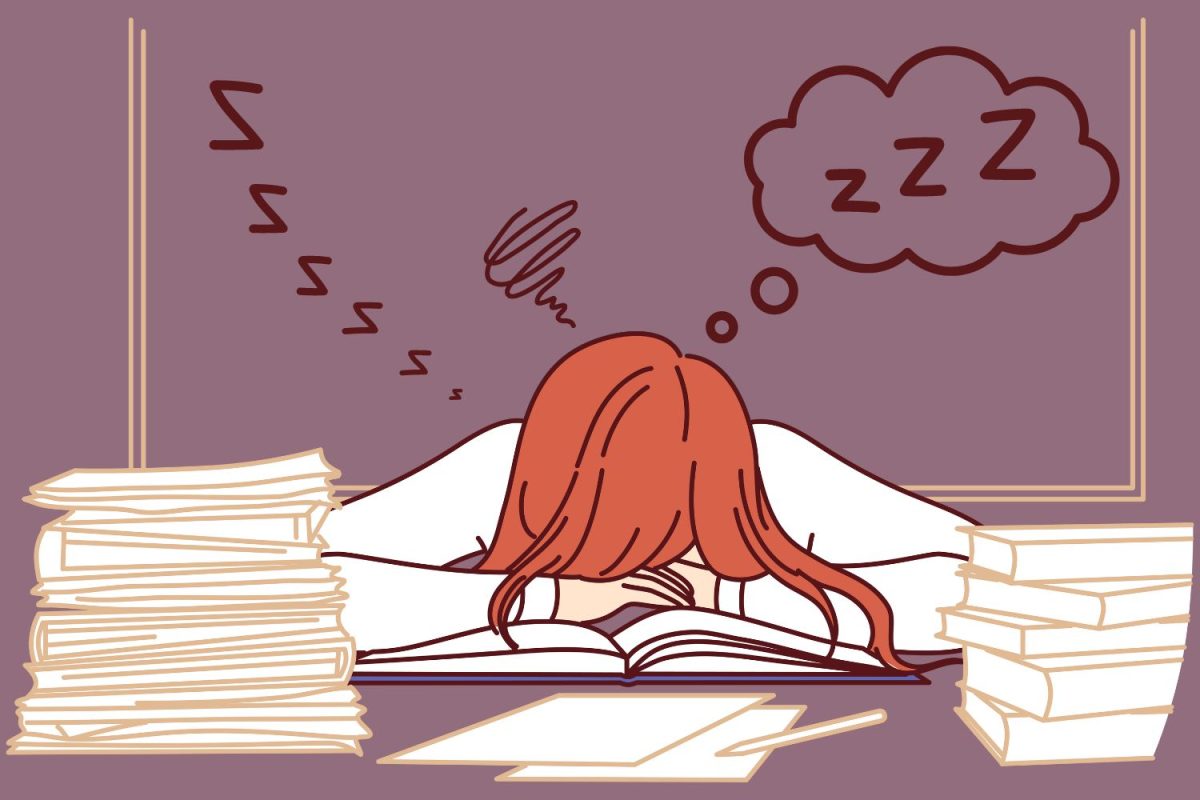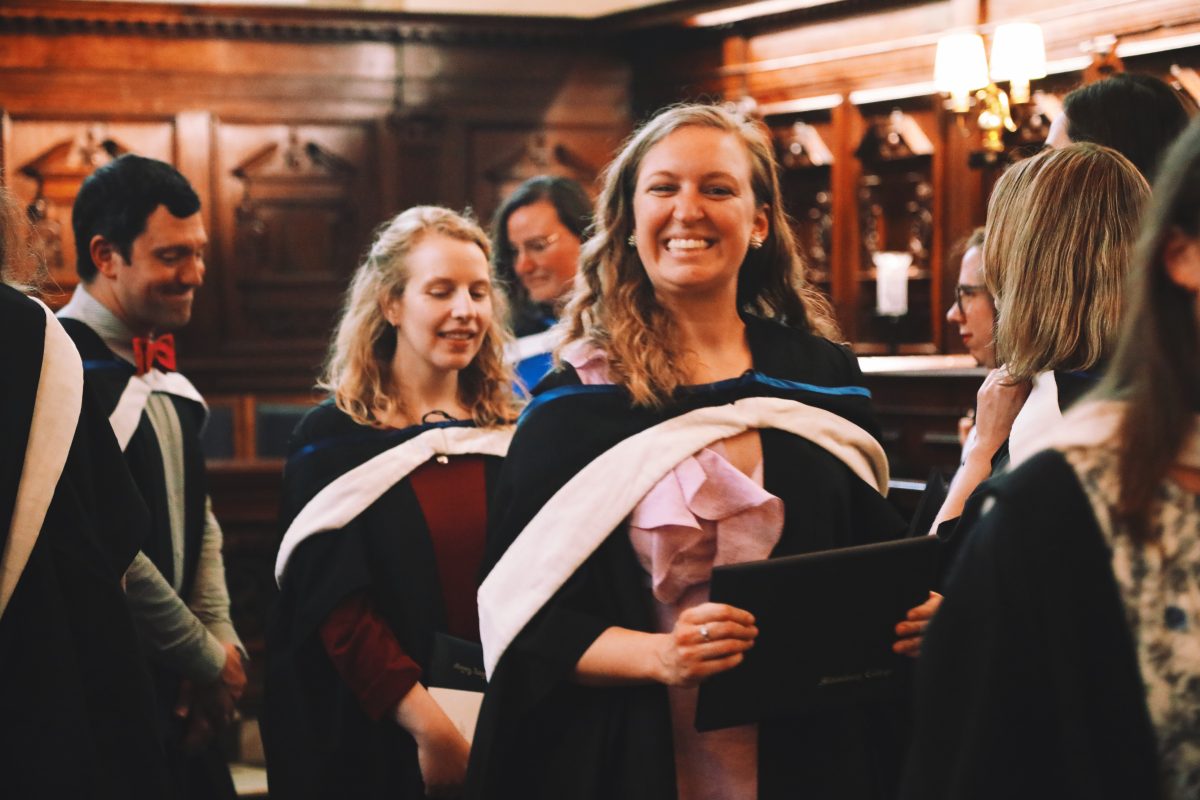It was my first day of biology class, not to mention my first day at ASL, so needless to say I was nervous. It didn’t help that the teacher kept asking me questions. “Can you name three elements?” he said, moving to cover the large periodic table that hung on the wall. I was sweating. What was an element? I had never studied science extensively in my life. “Earth, air and fire?” I offered sheepishly, after a long pause.
My transition to ASL was a difficult one. Coming from a Rudolf Steiner School (or Waldorf, as it is called in the U.S.), an alternative school predicated on holistic education, and buried in the English countryside, my little experience in a “traditional” education system certainly showed.
The concept of the Rudolf Steiner education itself is simple: A school whose aim is to educate all aspects of the student – “Head, heart and body.” But in practice, the curriculum is far from typical.
There are many Waldorf/Steiner schools scattered across the globe, each semi-adopting the curriculum of their host country (schools in the U.K. for example, will take GCSEs, whereas at U.S. schools, students will take the SAT). The curriculum is tailored not only toward English, Math, History (a course which would be more akin to mythology or religion than any history class offered at ASL) French and science (which starting in Grade 6 met for only three weeks per year), but to other more “practical” courses.
For example, my Grade 8 course load included classes like Handwork, Woodwork, and Gardening. In Handwork we were taught to knit, crochet and sew while in Woodwork, our projects included the process of making a wooden table, from the cutting down of the tree trunk to the chiseling and lathing of the table legs. Gardening was by far my favorite class; in it, each student was given a small plot of land and expected to cultivate their own healthy allotment.
Finally, the strangest, if not the most famous, component of the Steiner education, is Eurythmy. This art form was immortalized by music artist Annie Lennox’s band, the Eurythmics, so named after she was enamored with Eurythmy as a child.
It’s hard to explain Eurythmy, but I guess it would be classified as an expressive or communicative dance. Set to music, it has an alphabet, but an odd kind of alphabet with sounds (for example there is no “t” but rather a “th” or a “ta”). It wasn’t like these classes were electives either; they were all core components of the curriculum.
So yes, I did have academic classes, but Rudolf Steiner School Kings Langley (RSSKL) was a vastly different environment. For a start, three staples of a standard education: Grading, textbooks and homework, are essentially obsolete. Grades are either loosely assigned – and then never referred to again – or simply not awarded at all: End of year “transcripts” are a short written report by each teacher. In terms of textbooks, at least in Grades 1-8, the “textbooks” are written and illustrated by the students. Finally, the homework load was incredibly light; 15-20 minutes allotted for learning French vocabulary was the extent of my work outside of school hours 99 percent of the time.
The academic culture, overall, was a stark contrast: A graduating class of around 10 students (generally around 30 students per class until the age of 17 where many dropped out), of which, in 2014, nine students matriculated into higher education, illustrates this divide.
Needless to say, I came to ASL in Grade 9 fresh and eager to learn. Beyond the lockers, the sports teams and cafeteria (it sounds cliché, but I relished in the fact that I felt like a “proper” American teenager) the transition was a sharp one. It was all so new, so different from anything I had ever experienced before in my life.
Believe it or not, I even embraced my homework, hungry to gain the theoretical knowledge which up to this point had never been the focus of my education. After years of little-to-no homework, I looked forward to every assignment.
I had left a school predicated on the development of the three “h’s” – head, heart and hands – and entered one that was undoubtedly dominated by the first “h.”
The mentality fostered at schools of high academic caliber like ASL, where even middle school students must complete hours of homework, can severely stunt the passion to learn. However, with my background, I was free from that. The hunger and passion to learn still burned brightly within me; I came with an open mind, without any of the negative stigmas attached to learning and working.
While at first I was behind, especially struggling in subjects like science, where I had little to no foundation, I worked as hard as I could. Looking back on my freshman year transcript, what some see as a non-assuming B-grade next to the word Biology, I see it as one of the most successful accomplishments of my high school career.
However, into my third year of high school, after two years in a fundamentally different system, I am starting to feel the strain; my passion for learning slowly dying. I no longer sit at my desk excited to log onto Haiku (computers had never been part of my educational experience before) or take pages and pages of – as I think back on it – unnecessary notes.
It has only been three years since I last set foot on the campus of the school where I spent my formative years but my memory is already fading – when I first came to ASL it had often been easier to describe my previous school as a “gypsy school” and leave it at that. However, the Steiner education has always been more than just a “gypsy school” for me. Undoubtedly, it accomplished its goal of holistically developing me, as a student, and it has given me experiences that looking back on them now, were once-in-a-lifetime opportunities.







